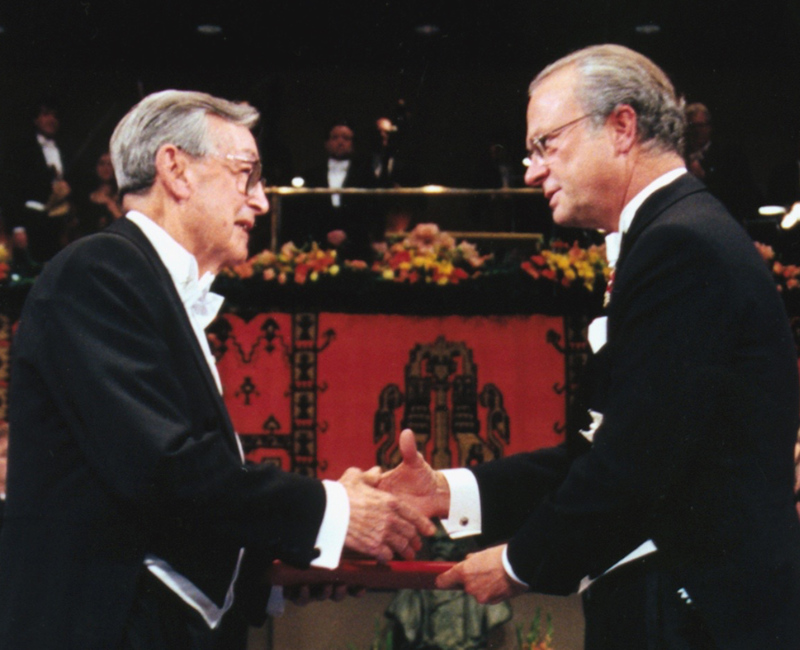
A Brief History
During the 1950s, Dr. Robert Furchgott developed a method for determining how blood vessels respond to medications, neurotransmitters, and hormones, using a piece of rabbit aorta cut in the form of a helix. Dr. Furchgott's major research advances came in 1980, when he discovered a substance produced by endothelial cells that causes relaxation of vascular smooth muscle. He called this substance endothelium-derived relaxing factor (EDRF). This substance was later identified as nitric oxide. On October 12, 1998, Dr. Furchgott received the Nobel Prize for Physiology or Medicine. Dr. Furchgott's discoveries have helped scientists understand and discover new treatments for cardiovascular disease and a host of other conditions, ranging from immune disorders to memory loss, pulmonary diseases, and erectile dysfunction.